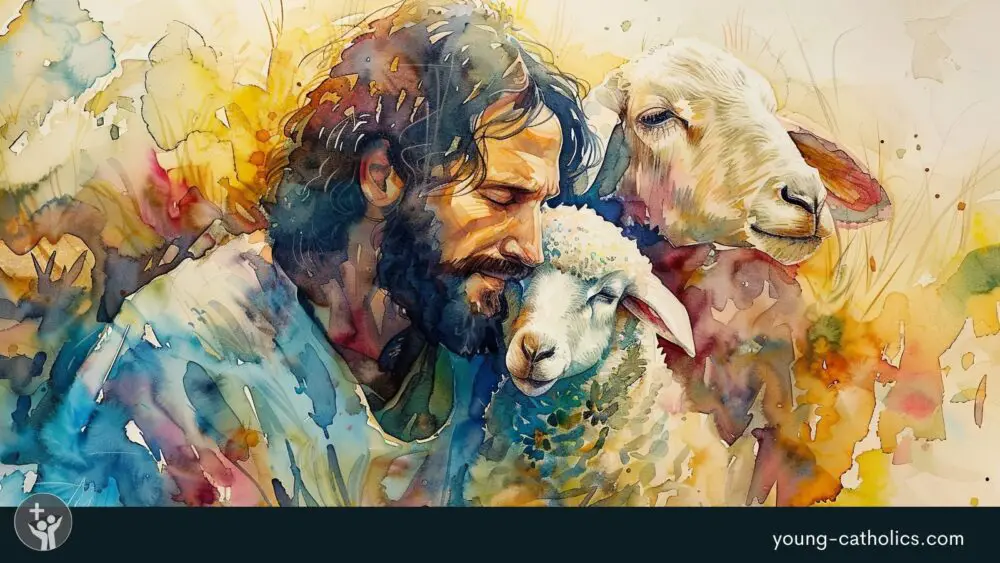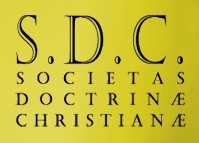Featured
Videos
SOURCE: Youtube
SOURCE: Mary Jo Cole
SOURCE: Holy Heroes CYCLE B
SOURCE: Heidi Witte – Kids’ Liturgy
SOURCE: Ministry to Children


SOURCE: Adorers of the Blood of Christ
52
Sundays

Explore the Gospel
Meet Our Extended Family
Take Time to Chat
Family Fun
Recipe of the Week
Family Prayer
Fun Facts
SOURCE: 52 Sundays
SOURCE: Young Catholics
The Kids’
Bulletin
THE KID’S
BULLETIN
Feel free to use the puzzles and/or comics separately, but acknowledge source.
READ MORE
SOURCE: Catholic Kids Bullein
Liturgy
Worksheets
Sunday Liturgy Worksheets
Children’s
Sermons
BISHOP MARK O’CONNELL
Children’s
Homily
Richard Niell Donovan, a retired Disciples of Christ clergyman, published Sermon writer for more than two decades. When Dick died in 2020, his wife, Dale, has graciously kept the website online free of charge.
Children sermons have been written by
Lois Parker Edstrom
Dell Smith Klein
Dr. Carol J Miller
Dr. Dan Wuori
OBJECTS: This will take prior preparation. Have the children identify the sounds of several things: A piano or guitar chord, a bell ringing. And then, have someone from the audience say, “Follow me.” And finally, you say, “Follow me.”
This morning, we’re going to hear some sounds. Tell me if you can identify them. (A piano or guitar chord). What was that? (Allow the children to answer.) Yes, the piano playing a chord. Now, what is this? (Ring the bell. Allow the children to respond.) Yes, a bell is ringing.
Now listen carefully. Someone will say something and I want to see if you know who is saying it. Listen. (Someone from the audience says, “Follow me.) Who said that? Did you recognize what they said? (Allow children to respond.) That was harder to know who was speaking, but the person said, “Follow me,” didn’t he.
Now listen carefully again. Follow me! Did you recognize who said that? (Allow children to respond.) Yes, I said, “Follow me.” Now, let’s listen to our Bible story. It’s about the Good Shepherd.
Sheep are pretty dirty. They get stickers and dirt in their woolly coats, and they can’t get them out on their own. They don’t have a sense of direction, so even if they drank from a stream this morning, by evening, they won’t remember how to get to get to the water. They need a shepherd.
A shepherd takes care of sheep. A shepherd leads sheep and helps them when they are in trouble. A shepherd pulls stickers out of a sheep’s wool and takes care of them if they get sick. Sheep need a shepherd to lead them to water and food. Sometimes they even need someone who will even make them lie down in a safe place and rest.
SOURCE: Sermon Writer
OBJECT: Pictures of baby animals with their mothers.
When you look at a picture of a flock of sheep do you ever wonder how the mothers know which babies are theirs? The babies look identical, don’t they? The lambs seem to be the same color, the same size, and they all say baaaaaa.
Animal mothers have many ways of telling which baby is theirs and this is important because the baby animals need constant care and attention from their mothers so they will grow to be healthy and strong.
When a lamb is born it has a particular smell and its mother sniffs around until she finds her baby in the flock of sheep. Other animals find their babies by touch, or sight, or hearing their babies call. Mother birds and their baby birds, especially, know each by the chirps each make.
Human babies are easier to identify, one from another and did you know that even when you were a very young baby you could recognize your mother’s voice? You and your mother came to know each other very well. Being close brings about the very best care for a newborn baby.
Sunday
Connection






















